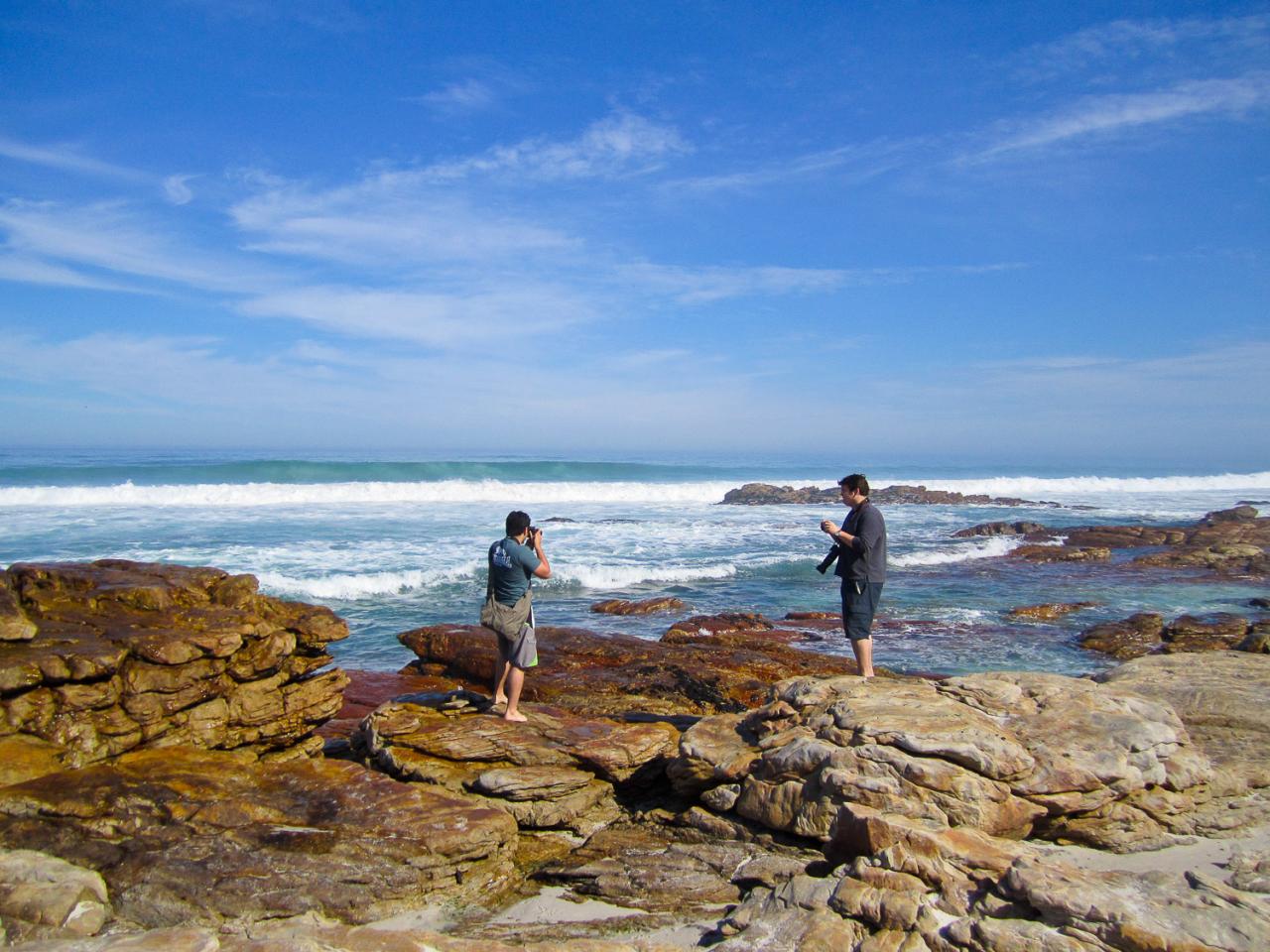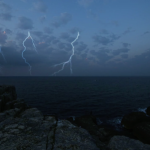Camera equipment is a valuable investment, and its fragile nature makes it susceptible to damage. Whether you’re dealing with expensive lenses or delicate camera bodies, neglecting proper care can result in costly repairs or even ruin your photography experience. Therefore, safeguarding your gear is crucial to maintaining its optimal performance and avoiding unfortunate situations.
In this article, I provide you with five essential tips to keep your camera equipment safe and in pristine condition, even in challenging environments such as wet, sandy, or hazardous areas. By implementing these practices, you can extend the lifespan of your gear and ensure it remains in top-notch shape for years to come.
So, let’s get started and learn how to protect your camera investment, allowing you to focus on capturing remarkable images without worrying about equipment mishaps!
1. Make sure you regularly clean repair, maintain, and service your equipment
There’s a well-worn saying: “Prevention is better than the cure.” Therefore, the first step in making sure that the camera in good in good condition, is to maintain it in that state. Start by regular cleansing the camera. There are a lot of great cleaners for cameras available and the procedure only takes a couple of minutes. Just clean your camera of dust, and any other debris or dirt. It is also recommended to take care to clean all lenses. However, be aware: Lens elements are easily damaged, so ensure you are careful when working with them and only use materials that are compatible with lenses.

Many photographers love cleaning their camera’s sensors, however I’d recommend not cleaning or touching this sensor unless you are aware of exactly what you’re doing. If you spot dusty spots on the sensor then take it to the local camera shop to have a quick cleaning.
Another tip is: If you find any issue with your camera, even if it’s a minor issue fix it promptly. Do not put it off until later. Small irritations can become major issues particularly if they create issues when you shoot for a fee.
It’s also worth having your camera professionally serviced every now and then. It’s costly however it’s a tiny cost to ensure that your camera is in good working order.
2. Pay attention to the various elements
Sand and water are the two biggest threats your camera could encounter. Anyone who’s lens or sensor was damaged by sand will know how dangerous even a small amount of it can be. Likewise, water (especially the sea’s spray) can cause major problems. There are, however, ways to protect your camera from water and sand even in desert or beach environments (or at the very minimum, to reduce the chance of getting hurt).
The first step is to be aware of the level of seal on your camera. Certain high-end cameras are sealed against weather, while other cameras provide none protection at all. It is recommended to use this as a guideline when determining the best way to use your camera in difficult situations however, even if the camera is equipped with top-quality weather sealing, you must remain cautious. Here are some guidelines to keep in mind (and even though you may be a bit more relaxed in the face of rugged cameras, it’s best to be cautious rather than to be sorry):
- Always have bags made of plastic with you. They’re ideal for protecting your camera from water and rain as well as being dirt inexpensive! If you’re planning to often shoot in sand, rain, or in sea spray, you may want to consider purchasing a rain cover.
- Keep a small, absorbent towel on hand always to wipe the camera clear. This is especially important close to the coastline where seawater’s salt can cause corrosive effects.
- Be wary of changing lenses, especially in windy conditions; a lens change can be a great moment for sand, dust, and even water to make a direct path towards your camera’s sensor. If you need to alter lenses, you must do so swiftly and ensure that you shield your camera from the elements.
- After you have finished your shoot Make sure you clean and wipe your camera. Sand can be a method to sneak into lenses and cameras and lenses, so even if think your camera is in good shape make sure to wipe it nonetheless.
3. Be aware of your surroundings
As with water and sand, theft is a serious camera risk. With a more good sense and prudence you can avoid becoming the victim. The most important thing is to be aware of the dangers around you and act according to your surroundings.
For instance, if you’re walking along an area with a lot of traffic, stay clear of the curb or keep your camera from the side of the road where snatching and grabbings from motorbikes occur. If you’re at a table outside in the restaurant, place your camera inside your bag, or put the strap on your wrist. If you must take a piece of gear in your backpack, do not put your camera on a tripod, and move away.

It is essential to be cautious even in tranquil parking spaces. Don’t put cameras or other valuables out in the open; store them safely away or – better yet – carry the items with you. If you’re using common sense and are aware of the situation around you, you should not be in trouble.
Pro advice: If you are planning to travel with your equipment in the areas of high population, it might be beneficial to get an insurance plan. This way, even in the event that your equipment gets damaged or stolen and damaged, you don’t have to pay for the entire camera system.
4. Use your tripod wisely
I’ve only had one mishap on my camera, and that was while making use of a tripod. The way I did it was to rush to attach my camera and in my rush I failed to clip it properly. The camera slid straight into an abyss of mud! It was fortunate for me that the mud halted my camera from falling into the river I was photographing. Moreover, my camera was also able to avoid the rocks that I stood on. After a little clearing up I was able utilize the camera immediately. That’s right I was very lucky.
But, you may not be as lucky. Make sure to utilize your tripod in a safe manner. I am always shocked by the people who set up tripods and not evenly dispersing the weight. This could result in the entire set-up to fall over. I’ve also witnessed people placing expensive cameras on tripods that’s not sturdy enough to support the weight of their equipment.
If you’re employing a tripod the most important thing is to be patient. Make sure you work with care, that your head is secured and make sure that your legs are properly balanced. Once you have placed your camera up on the tripod, and release it, you should hold your strap for couple of seconds to ensure that it’s not about to slide. Only when you’re certain that the tripod is secure can you release it. Be especially cautious when you’re experiencing high winds. It might seem like a ridiculous idea but a sudden wind gust could easily slam your tripod.
5. Keep your equipment safe
This is my last suggestion to ensure your camera is in good condition Take care of the way you store it when you are not using it.
In the end, regardless of how often you snap photographs, you’ll have times that your camera isn’t in your grasp (even even if it’s only during the evening). If you’re not careful the sun and humidity can cause issues.
What should you do? The first step is to avoid storing your equipment in locations with high humidity, such as basements that are damp or laundry rooms. The moisture can trigger fungus that can get into the lens’s components and cause destruction.

Also, you should not leave your camera exposed to direct sunlight. It is best to store it in a cabinet rather than letting it sit out to accumulate dust. An excellent tip is to put your cameras in the camera bag, and place it in a cabinet. This will not only protect from dust but you’ll make sure everything is kept in one spot and out of view.
If you’re able to afford it and are worried about the equipment you have might be a good idea to consider investing in dry cabinets. They will control the humidity and ensure that your equipment is in a safe environment even though they cost around a hundred dollars, it is worth it (especially when you reside in a humid area).








